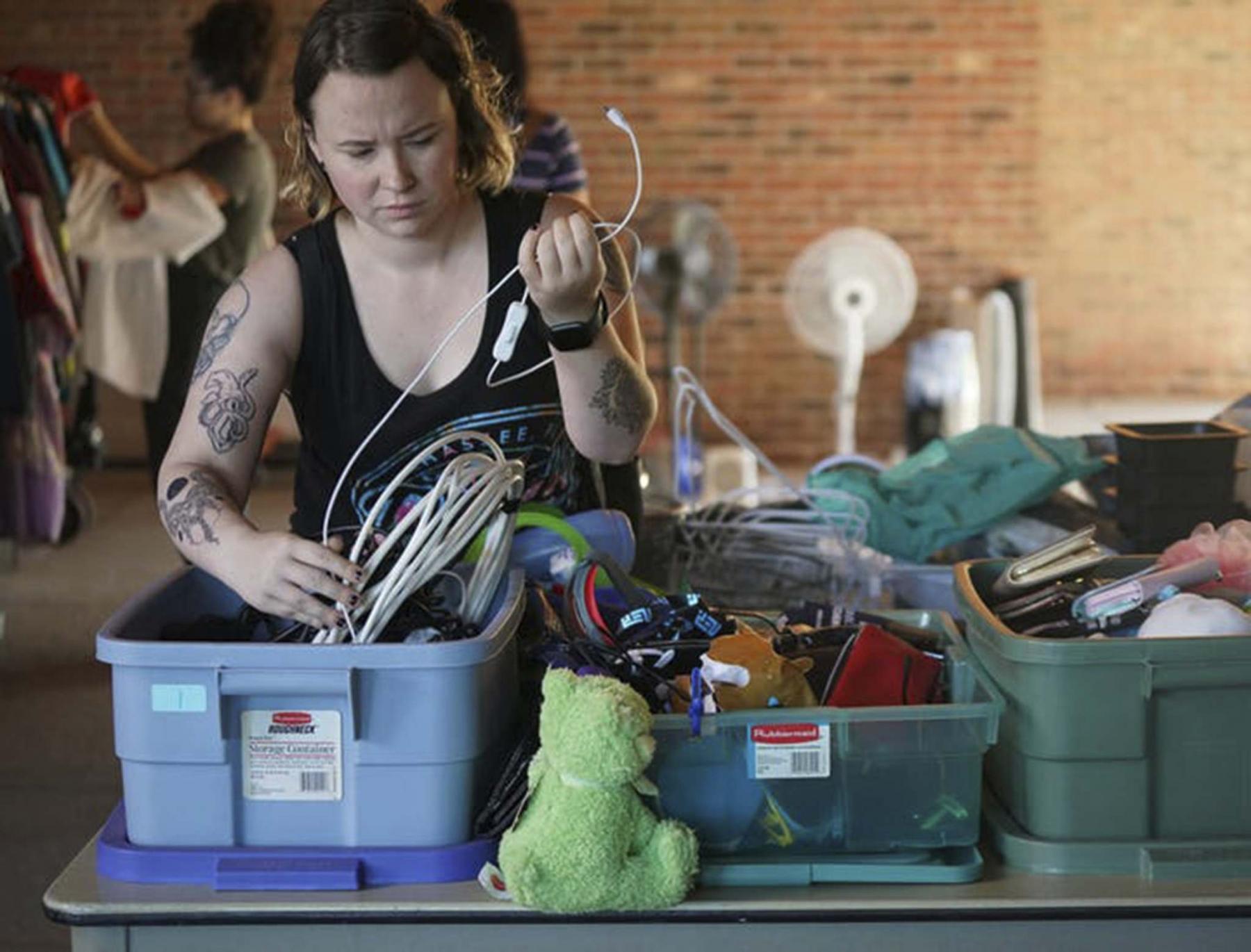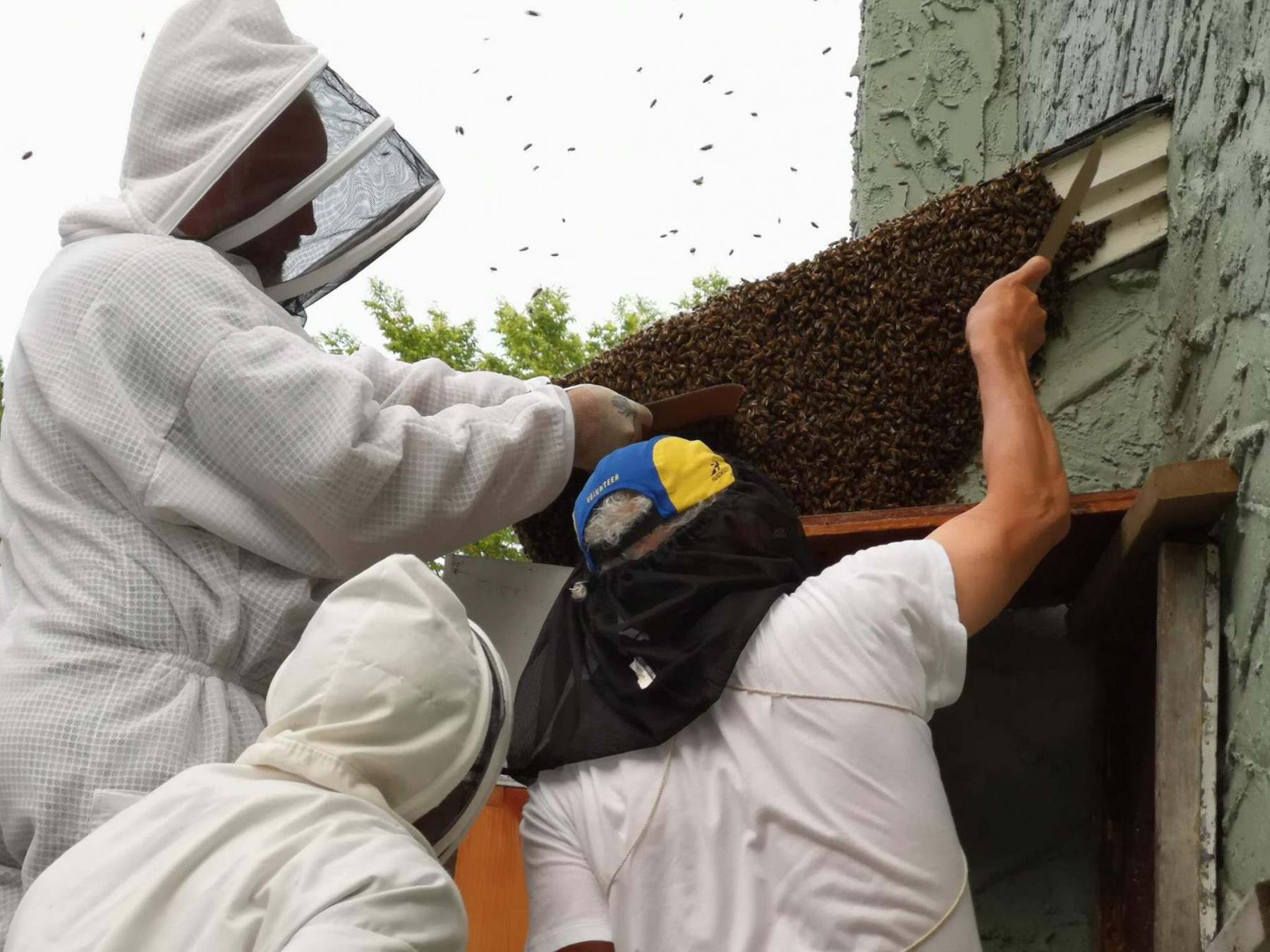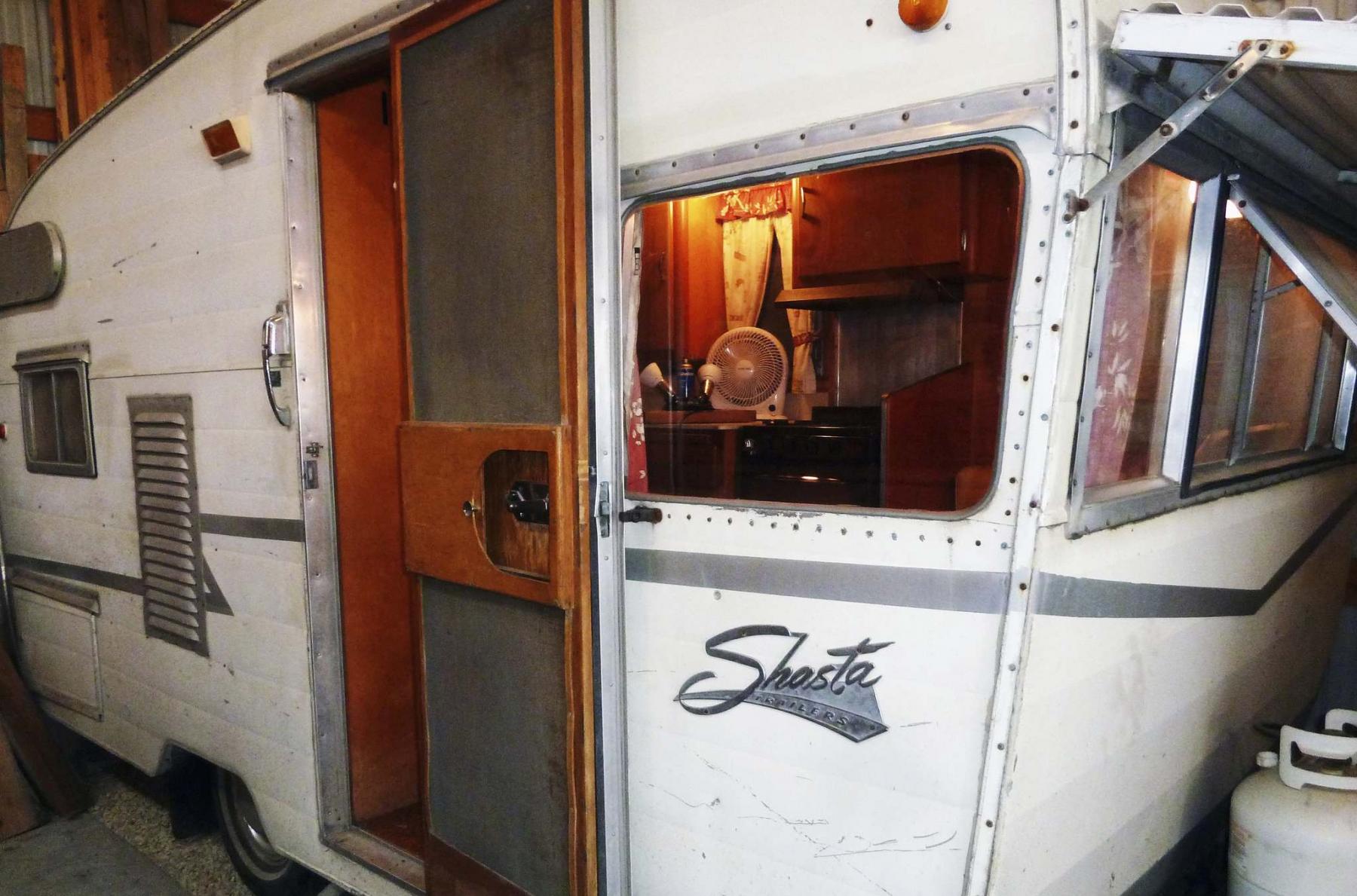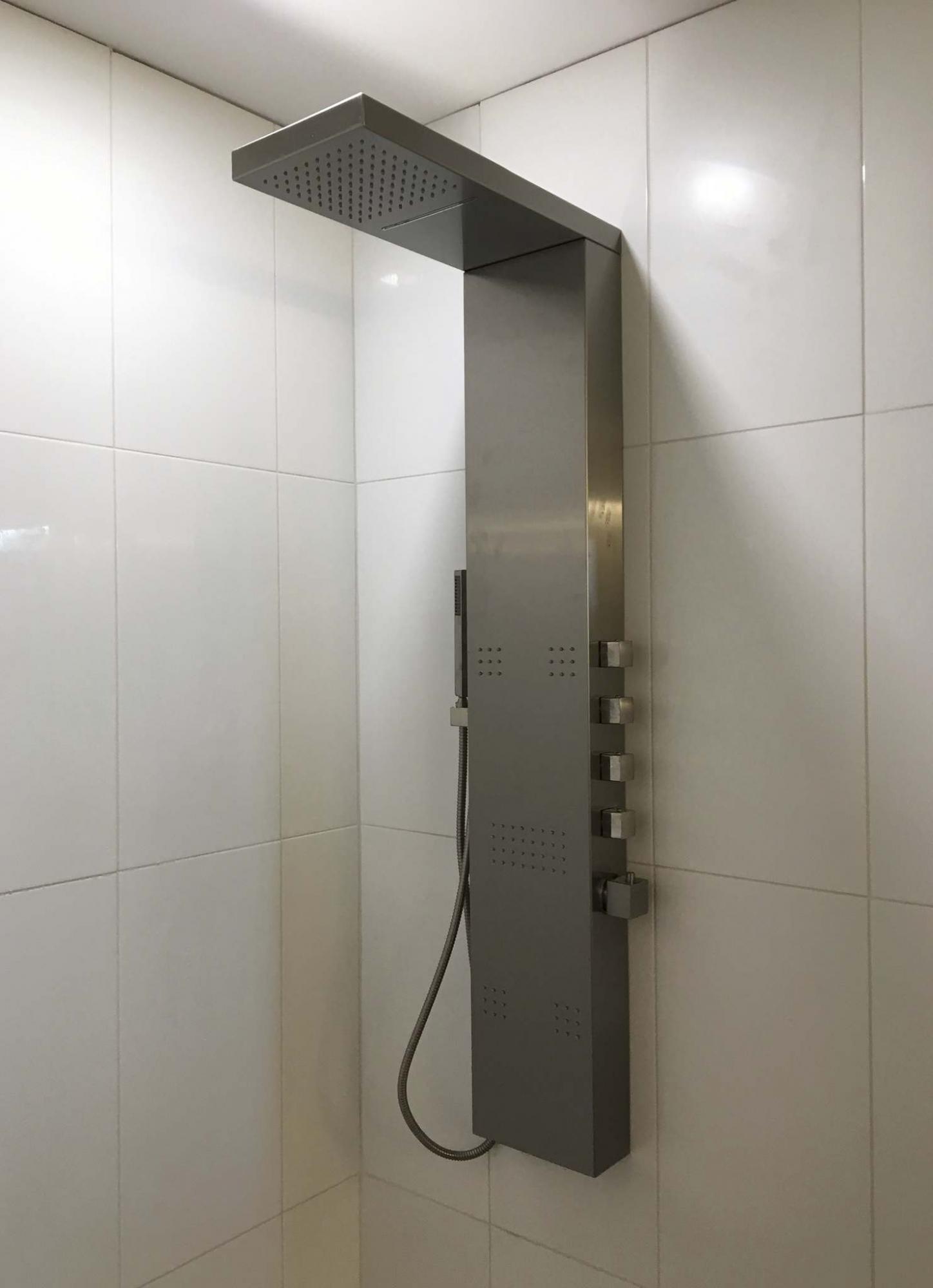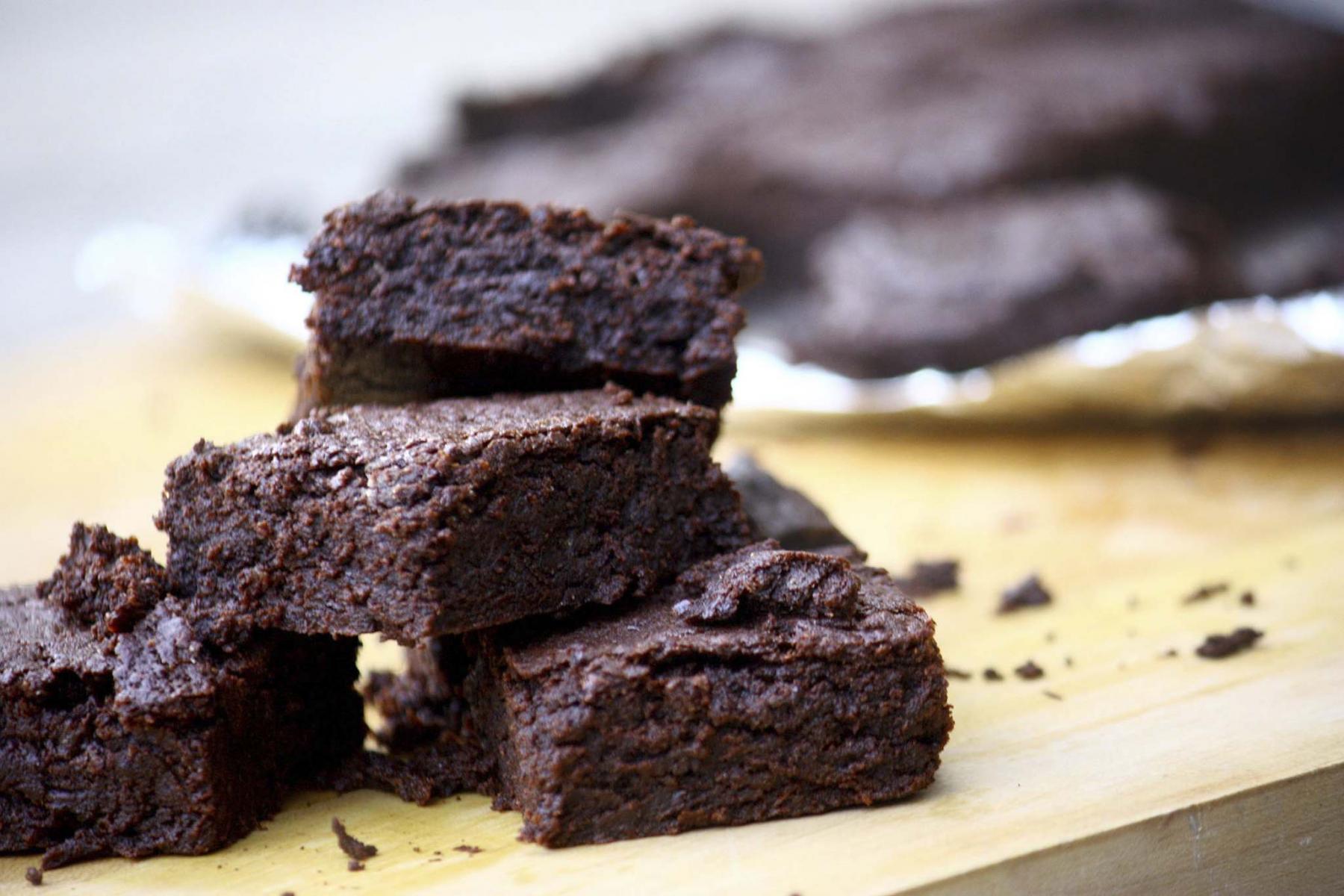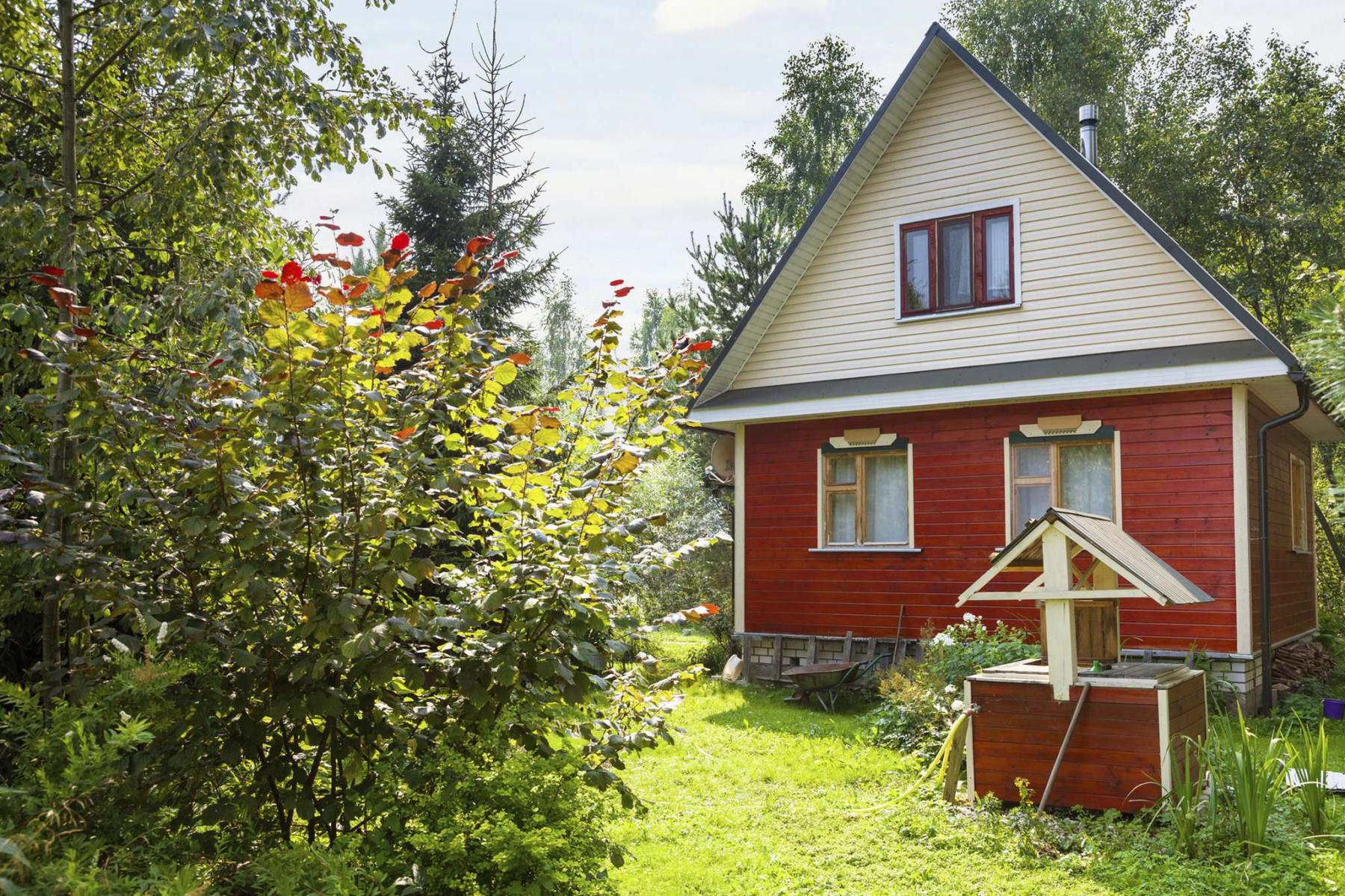Renovation & Design
Renovation & Design
Freeze yogurt to make it last longer
Question: Before I go to bed, I like to drink a cup of hot milk. The problem is that when I pour the milk into my stainless-steel pot, it sticks to the bottom and burns immediately. Any tips? — Jacob
Answer: Before pouring milk into the pot, pour in a cup of water and swish it around the sides and bottom of the pot. Pour it out and then pour in the milk. This will create a protective layer on the bottom of the pot and prevent the milk fat from sticking. Make sure not to set the temperature too high, and stir often.
Question: I bought a bulk supply of yogurt and the expiry date is tomorrow. Do you think that the yogurt will taste the same if I freeze it? Will the yogurt still be good?
— Angie
Answer: While the consistency will change after thawing, if you freeze it, it will still taste good. In fact, you can thaw and stir it, add your favourite fruit or eat it frozen.
Question: I can’t seem to solve the problem of gravies and sauces separating after being frozen. I have tried cornstarch as the thickener instead of flour with no luck. Any suggestions?
— Jamie
Answer: Gravy may be frozen for several months. To prevent "skin" from forming on the top, lay a piece of wax paper or plastic wrap directly on the surface of the gravy before covering the container. If you know you will be freezing gravy, try to use as little fat and milk as possible so that it does not separate when thawed. You can reduce the chances of separation greatly if you run the gravy through a blender or food processor before freezing.
Question: I have major allergies and cannot use furniture polish in my home. What can I use to shine up my wooden furniture?
— Wendy
Answer: I love to use plain old olive oil combined with a few drops of lemon essential oil. However, I recently received this recipe from Gail, a regular contributor. She uses this on her wooden furniture: 1/4 cup olive oil, 1/4 cup vinegar and two teaspoons of lemon juice. Mix in a spray bottle. You need a bit of elbow grease to bring up a nice shine, but it’s worth it. Shake it well each time you use it.
Have a great suggestion or tip? Please send an email at: reena.ca. Note: Every user assumes all risks of injury or damage resulting from the implementation of any suggestions in this column. Test all products on an inconspicuous area first. Reena Nerbas is a popular motivational presenter for large and small groups; check out her website: reena.ca.
Renovation & Design
Sunroom flooring must be able to withstand seasonal shifts
Question: Wondering if you could offer some advice for the flooring in our three-season, south-facing sunroom. The sunroom is a Sunshade product, so basically all glass.
We were considering hardwood, engineered high-end laminate or bamboo, but wondered how these products would stand up in the cold winter months. We are concerned that the strong sunlight will fade the flooring. What is your opinion on ceramic tile? The floor is sheeted with 5/8-inch, tongue and groove plywood and is insulated with fibreglass batts. If we use a wood product, we are concerned it may swell during summer humidity.
Thanking you in advance for any information you may offer to us.
— Dick and Donna Stone
Answer: Choosing floor coverings for a building that will not be heated year-round does present some challenges not seen in a typical home. While all of your choices may work, some products may be better than others to resist the extremes of temperature and humidity that may occur.
Deciding on flooring for any area of a home can be a challenge, as there are numerous types available. Because your sunroom will not be fully heated in the winter, and due to the large expanse of windows, this decision may be more critical to prevent deterioration. You do seem to be quite knowledgeable about the changes in temperature and humidity levels that may occur, so we won’t delve further into that issue. Also, the insulation below the floor may not be a major factor, other than to allow potential pests inside if not well sealed. The main concern with the flooring may be damage due to seasonal expansion and contraction, related to different temperature and moisture levels.
Fading of any flooring due to direct sunlight is a common problem, more prevalent with natural products like hardwood or with certain types of carpets. While carpeting may be one of the most cost-effective materials to use, I would shy away due to the chance for moisture damage from entering the sunroom directly from outside, and dirt and dust collection in the fibres. Hardwood flooring may be acceptable, if it is properly seasoned prior to installation, but may be subject to gaps between the planks slightly opening and closing with the changes in seasons. Also, most finishes will be somewhat affected by the intense sunlight, even in pre-finished products, so that is a legitimate concern.
The problem with most hardwood flooring is that the woods used are often quite hard, due to the desire for durability, and are normally quite closed-pored. Because the pores, and often the grain structure, are quite tight, these products can be more easily affected by changes in moisture content. If the moisture content rises on oak or maple flooring, which should be kiln-dried to a very low level prior to shipping, the wood will swell. This can cause the tongue and groove planks to buckle, even dislodging fasteners holding it down. Conversely, if the flooring has too high a moisture content when laid down, gaps will often form between the individual pieces in the colder, drier winter months. For this reason, I would suggest alternative flooring materials. A better choice, if you still want to use wood flooring, may be to look for pine or fir flooring. While these products will get much more beaten up due to their softwood nature, they will also be less susceptible to expansion and contraction, as they are quite open-pored and will absorb and release moisture more easily than hardwood.
Ceramic or porcelain floor tiles may be another good choice for the sunroom flooring, but care must be taken to prepare the substrate properly to avoid damage. While these products are very stable with relation to changes in humidity and temperature, they have very little flexibility. Any moderate movement can cause the tiles or the grout between the tiles to crack. That may be an issue, depending on the foundation used to install the sunroom. Most sunrooms are built on screw-jacks or post and pad foundations, which may move with changes in soil conditions. Both types of these foundation should have the capability of being adjusted or shimmed to account for the movement, but diligence will be required to prevent damage to the masonry floor. Also, the subfloor will have to be covered with masonry board, wire and mortar, or plastic sheathing designed for tile installation, prior to installation. This may be one of the more costly and labour-intensive flooring options, but may be the most durable, if properly installed.
The final option may be a type of composite flooring, of which there are more choices every year. Traditional vinyl sheet flooring may work, but a better option would be solid vinyl flooring designed for decks and balconies. This material is quite durable and has enough flexibility to be installed outdoors, even in our harsh winter climate. There are several companies that install this product, but care must be taken to properly secure it at the edges to prevent common lifting due to expansion and contraction.
With the same desire for durability and lack of maintenance as with other composite products in mind, vinyl plank flooring may be the best option for a carefree flooring product for your seasonal sunroom. This material is extremely durable, waterproof, wear-resistant and is easily installed. It does not have to be glued or secured down, and can be laid directly over most existing subfloors. The individual planks are clicked together and can be easily cut to fit in the most difficult areas. They are generally available in imitation woodgrain or tile patterns, which can nicely mimic hardwood or softwood flooring without the associated concerns.
Picking and installing a floor covering material for your seasonal sunroom can be difficult due to deterioration or movement with the changes in humidity and temperature associated with this type of structure. While many options may work, if properly installed and maintained, low-maintenance products like plank vinyl or exterior-rated solid vinyl sheathing may be the best choice.
Ari Marantz is the owner of Trained Eye Home Inspection Ltd. and past president of the Canadian Association of Home & Property Inspectors — Manitoba (cahpi.mb.ca). Questions can be emailed to the address below. Ari can be reached at 204-291-5358 or check out his website at trainedeye.ca.
trainedeye@iname.com
Renovation & Design
Now's not the time to let your lawn care fall off
With fall arriving soon, you won’t need to weed or mow your lawn quite as often. But don’t neglect your lawn care just yet.
In fact, the actions you take in the next several weeks play a big role in ensuring a healthy lawn for years to come. Here are some steps that will help keep your lawn in the best shape possible:
Continue mowing as long as new growth appears: Raise your mower blade to a height of about three inches — don’t assume mowing short will reduce time spent on lawn care. During fall, lawns focus more energy on root growth than blade growth. "Scalping" your lawn puts a lot of stress on the root system, making it harder for lawns to resist weeds and pests or survive the winter chill.
Control weeds: You have several options for battling weeds, including pulling them out by hand and applying herbicides. Some people make their own weed-killer using vinegar and water.
For large infestations, consider using a broadleaf herbicide. It comes in selective and non-selective forms. Selective means the herbicide only attacks specific plants, such as dandelions or clover, while non-selective herbicides kill everything they touch. For weeds within the lawn, use a selective herbicide, otherwise you’ll kill the grass.
If you’d rather not use a herbicide, you can always dig out weeds by hand. Just make sure you pull out the root system or they’ll return the following spring.
Seed your lawn: Cooler temperatures and warm soil conditions make late summer to early fall an optimal time to sow grass seed. Just don’t wait until too late in the season, or the grass won’t establish by the time temperatures drop.
To repair dead patches in the lawn, remove the dead grass down to the bare soil, use a rake to rough up the dirt so seeds will stick better and then add grass seed.
Germination usually takes around 10 to 15 days. It’s important to keep the soil moist but not drenched during this period. After it starts to grow, you should continue to water on a daily basis to encourage root growth and prevent drying out.
Create a compost pile: If you don’t already have a compost pile, now is an excellent time to start one. First, select a dry, shady or partly shady spot near a water source outside. You can use a bin or just designate an area of ground for your pile. Next, gather branches, leaves, twigs, wood chips, coffee filters — the "brown stuff" —and spread a layer several inches deep. Then, add the "green stuff" — fruit and vegetable scraps, grass clippings and coffee grounds. Water the layers so they’re damp, then rotate the pile every few weeks. In a few months, you’ll have crumbly, dark brown compost to fertilize your garden.
Mulch vital areas: Mulch feels like a spring job, but you can help your yard by doing it in the fall. Mulch insulates soil and plant roots to help your garden survive the cold weather. It also helps prevent erosion. Lay mulch when the temperature is dropping rather than going up for an easier project. Plus, you’ll get ahead on your spring tasks.
— Tribune News Service



